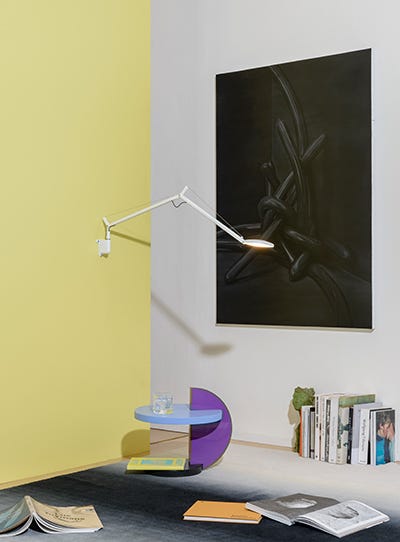
Is it glass or paper? Pietro Chiesa works the raw material for his Cartoccio vase
Only a true artisan’s skill could forge a unique object from glass, a unique raw material. Meet Cartoccio, the vase designed in 1932 by master glazier Pietro Chiesa, and still a leading entry in the FontanaArte collection.The body of the vase flutters upwards and outwards, rippling in uneven waves just like a sheet of paper, inspiring the name Cartoccio: a cone of twisted paper. The piece was designed to hold flowers, each fold intended to hold a single bloom and compose a balanced floral arrangement. Its shape required a special production process that softened the glass at high temperature, allowing it to be pleated into the folds that make Cartoccio such an exclusive object.

One material, one seamless line: the essence of the Fontana coffee table
The company invested in a special furnace, the only one of its kind in Italy, that would mould float glass into every angle of curvature. These were cutting-edge machines for the time and their technical potential inspired Gio Ponti’s design of Fontana, an occasional table that was to become the icon it is today. Fontana is minimal: a single seamless stroke that curves at downwards at both sides to support the top. Only one material is used: bevelled float glass, a tribute to the company’s production history.


